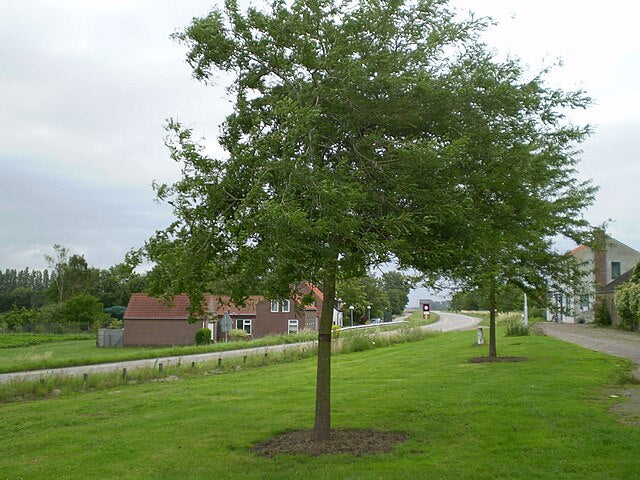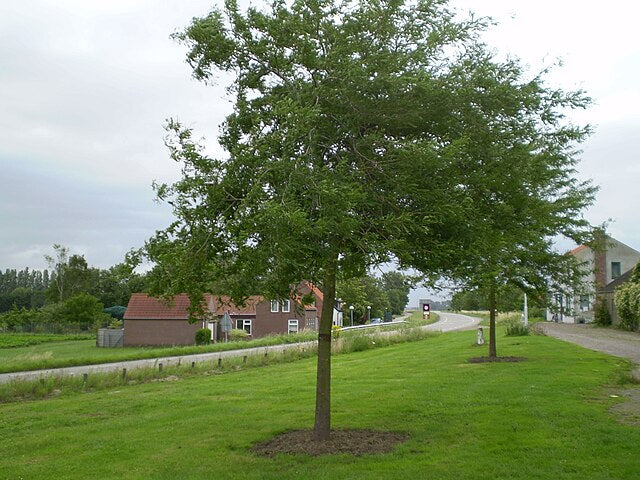Enter Your Postcode Below & Click 'Check' To See Delivery cost To Your Area
Gleditsia tricanthos
Gleditsia tricanthos
Couldn't load pickup availability
Common Name:
Honey Locust
Description:
Gleditsia triacanthos, commonly known as the Honey Locust, is a fast-growing deciduous tree valued for its open canopy, finely divided foliage, and adaptability to various conditions. It features bright green, fern-like leaves that provide light, dappled shade in summer and turn a striking golden yellow in autumn before falling. The species is known for its large, sharp thorns on the trunk and branches, as well as its long, twisted seed pods that attract wildlife. Honey Locust thrives in a range of soil types, is drought-tolerant once established, and withstands urban pollution, making it suitable for streetscapes, parks, and large gardens. Due to its thorns, it is less commonly planted in residential areas, with thornless cultivars such as Gleditsia triacanthos var. inermis being preferred.
Form:
- Tree - Large
Mature Size:
- Height: 15–20 metres
- Width: 10–15 metres
Aspect:
- Full Sun
Flowering:
- Flowers in Spring (insignificant)
Flower Colour:
- Greenish-Yellow (inconspicuous)
Key Attributes:
- Drought Tolerant Once Established
- Shade Providing
- Suitable for Street and Urban Planting
- Attractive Autumn Foliage
- Wildlife Attracting (seed pods)
Toxicity:
- Non-toxic to humans and pets
Companion Plants:
- Acer species (Maple)
- Quercus (Oak)
- Lagerstroemia (Crepe Myrtle)
- Callistemon (Bottlebrush)
- Salvia species

- Choosing a selection results in a full page refresh.
- Opens in a new window.

